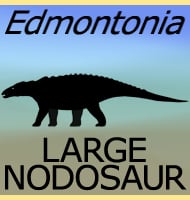Gualicho
In Depth Named after a demon that appears in Mapuche mythology, Gualicho is a medium sized genus of theropod dinosaur that lived in South America during the early stages of the late Cretaceous. Gualicho would have been a predator of other smaller and similarly sized dinosaurs. Gualicho was named as a genus in 2016, and … Read more
